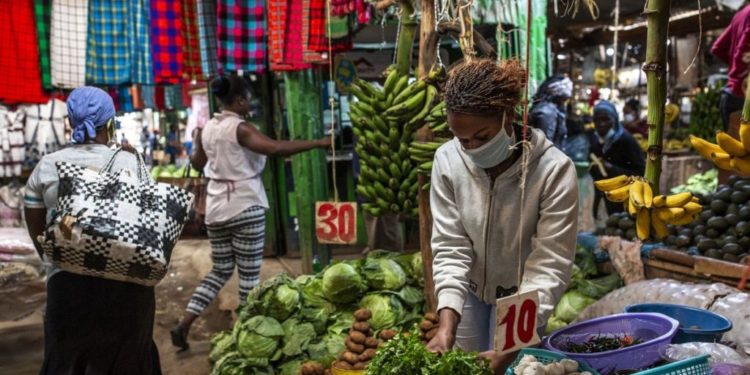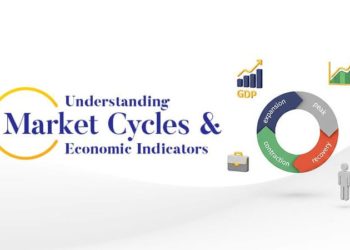With the high prices of basic commodities in the economy, the government can intervene to curb the rising costs of living by imposing price controls on key commodities such as food. However, it is important to understand the ramifications of price controls. Price controls are government regulations on prices or their rates of change and may take the form of setting either maximum or minimum prices.
By setting a maximum price on food items such as maize flour, the government can reduce the price of this commodity and make it more affordable to the majority of Kenyans. However, doing so would be neglecting the fact that prices are not determined exogenously. They are a function of supply, which reflects the cost of production, and demand, which reflects consumers’ incomes and preferences. This brings up the fact that a maximum price would cause shortages of that product.
Read more: Troubled Kenyan Economy Needs a Lasting Solution
Secondly, price controls would lead to a lack of incentives among suppliers. Taking maize flour as an example, the rising costs of maize flour in Kenya are driven by a shortage in the supply of maize. If the government were to cap the price of maize flour, the incentive for traders to import maize would be reduced because the set price wouldn’t accurately reflect the costs incurred to import the maize. Thus, they would import fewer quantities than they would without price controls. Therefore, this means that, far from solving the problem, price controls would make the shortage last longer.
The third and most fundamental argument against price controls is that they are only a temporary response to the inflation problem. This is because price controls do nothing to tackle the underlying reason for inflation. The long-term effects would trace back to the initial cause of the inflation and may even worsen the problem.
Email your news TIPS to editor@thesharpdaily.com

















